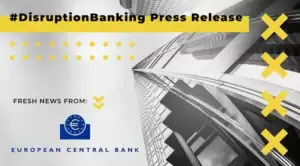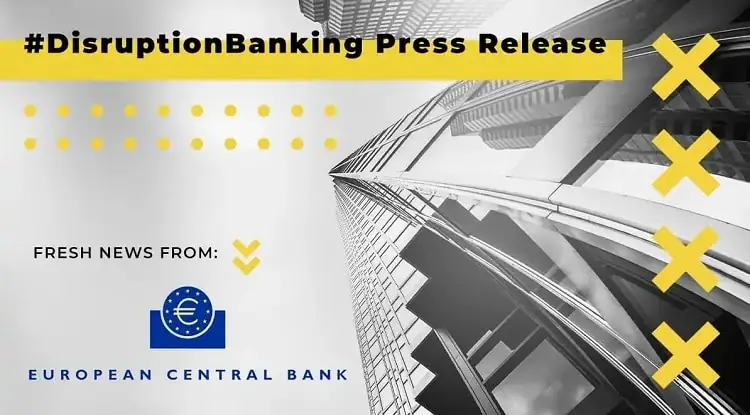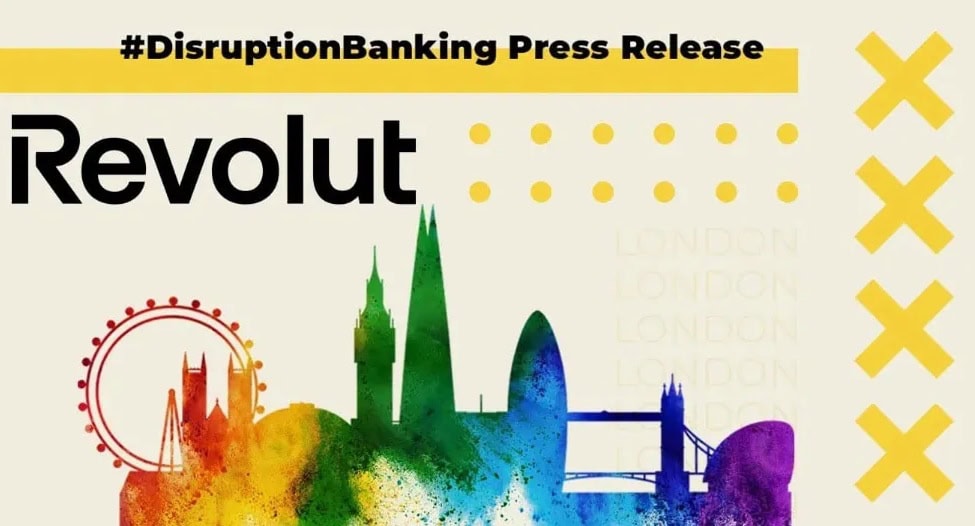The second day of the fourth Point Zero Forum is underway. As part of the opening of the second day, attendees were given a new format to help make the event more engaging. This year the main stage in the main hall is in the middle of the audience and speakers are visible from all angles. A format that has really made the stage that much closer.
The Point Zero Forum has commenced. The Future of Money Feels Good #PZF2025 pic.twitter.com/2IdYnV6QMe
— Digital Startup (@digitalstartup5) May 6, 2025
The first speaker to welcome attendees to the Point Zero Forum was Guy Parmelin, Head of the Federal Department of Economic Affairs, Education and Research, a Minister of the Swiss government. Parmelin highlighted how “the challenges we face transcend national borders, demanding that we find solutions together through dialogue and cooperation.”
The Swiss Minister explained to attendees that the Forum serves as a collaborative stage to define and promote resilient digital ecosystems across Europe and beyond. Parmelin shared how “like a fine Swiss wine, or fondue, innovation thrives best when you share it.”
Zurich, a Major Financial Hub
The next speaker to welcome attendees was Carmen Walker Späh, the Head of the Department for Economic Affairs at the Government Council of the Canton of Zurich. Späh started by explaining what a fitting setting Zurich was for such a prestigious event. She believes that Zurich is synonymous with finance and explained how one in ten people in the city work in finance today. She added how the Canton region she is responsible for employs around 100,000 financial professionals, almost half of the total financial positions in the whole of Switzerland.
The success of Zurich hasn’t been earned easily, Späh highlighted. She explained to attendees how success is earned through competition. Competition between the best ideas. And from great ideas comes great innovation. Above all technological innovation.
“When technology gains importance, it’s a clear advantage for a small resource limited country like Switzerland,” Späh explained. “But technological innovation always brings the need for regulation.”
Späh is looking for “smart regulation”. For her this means that regulation needs dialogue between lawmakers and innovators, she believes that this is the only way that regulation can be “smart”. She encouraged attendees to have the conversations. The conversations that are needed to overcome challenges together.
Swiss Monetary Policy with Martin Schlegel
A few months ago we wrote a story about the Swiss franc. In the story we introduced Martin Schlegel who had taken over as the Chairman of the Swiss National Bank in October 2024. We also highlighted the unique problems that Switzerland faces with inflation and low interest rates in the story.
One of the many interesting things about Switzerland is how the central bank has embraced wholesale central banking digital currencies (CBDCs). Schlegel wasn’t shy in extolling projects like Helvetia III, which allows tokenised central bank money to be used to settle transactions.
People are important for the Governor of the Swiss National Bank as he addresses attendees at this year's #PZF2025 pic.twitter.com/Fjk7n3QQfq
— Digital Startup (@digitalstartup5) May 6, 2025
Schlegel highlighted how the Swiss National Bank had been working on wholesale CBDCs since December 2023.
On the topic of a strategic bitcoin reserve for Switzerland, Schlegel was less bullish. He is still concerned that the level of volatility amongst crypto assets makes them a long-term store of value.
Talk reverted to another project that the SNB has been involved in. Project Promissa is a project that aims to build a proof of concept (PoC) of a platform for digital “tokenised” promissory notes. This is partially due to how promissory notes are used by central banks today, i.e. they are paper based. Promissory notes are used to help funding of multilateral development banks, their use is widespread today.
“Promissory notes are a promise by a central bank to fund something or pay in some money,” Schlegel explained. “We did this project together with the BIS Innovation Hub and the World Bank to develop a system for promissory notes using DLT. This is a very good use case for DLT, because it’s not centrally controlled and its transparent to everyone.”
The day has just gotten underway. More stories to follow very soon.
Author: Andy Samu
#PZF2025 #SwissFranc #SwissFinance #Zurich #Regulation #Innovation
See Also:
Alpine Tech Forum Spotlights DLT Pioneers | Disruption Banking
Is The Swiss Franc a Safe Haven in 2025? | Disruption Banking














